Fruits are an excellent source of essential vitamins and minerals and are high in fiber. Growing fruits has many economic and nutritional benefits. Fruit crops yield more per unit of land area than any other agricultural crop. Follow these tips for fruit farming success for maximum production year after year.
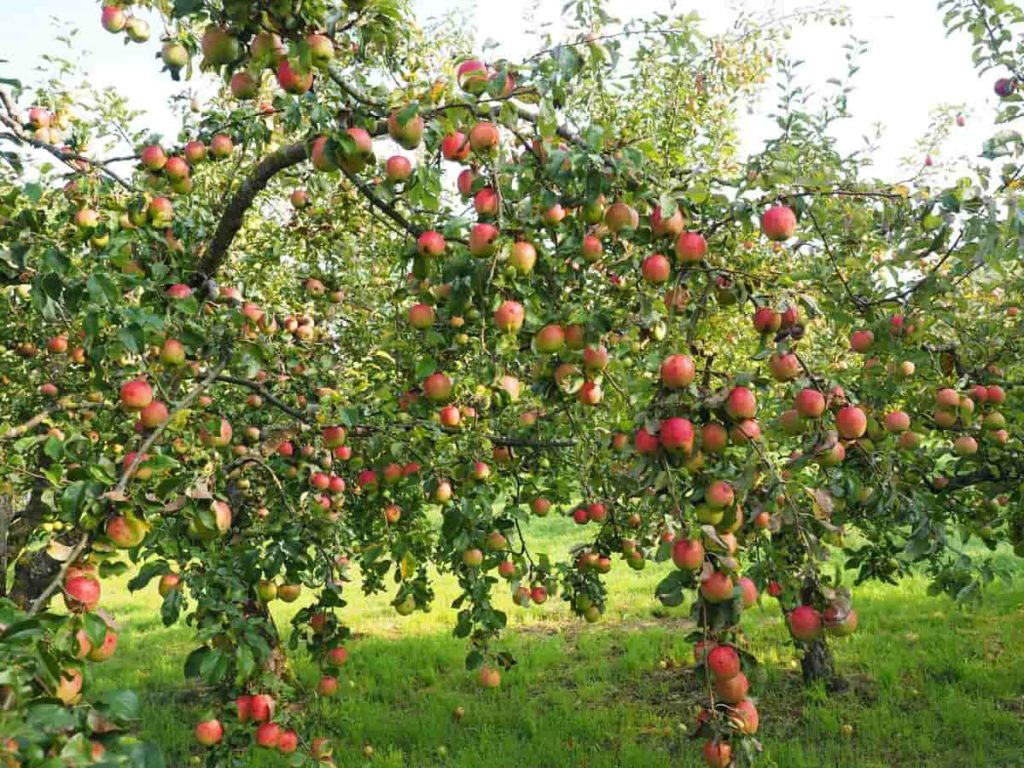
Fruit farming/gardening ideas
What is the definition of fruit farming?
- Fruit farming is farming in which farmers mainly grow fruit crops for domestic, industrial, or commercial purposes. Starting a fruit farming business is growing profitable worldwide as farmers and other entrepreneurs have benefited from this business venture.
- Fruits are an essential commodity found in the markets like other food crops and in numerous qualities and varieties, which generally have excellent health and benefits. Home-grown fruits are known to promote well-being. Food security and nutrition are vital concerns for any household.
- Growing your fruit gives you more control over what’s in your food and where it comes from. It also gives you incredible taste and a rich source of variety for your daily needs.
What is the importance of fruit crops?
- High yield – Fruit crops yield more per unit area. The average yield of Papaya, Banana, and Grape is 10 to 15 times higher than that of crops.
- High net profit – By this, the higher initial cost of setting up a garden is compensated by higher net profit due to the higher cost of production. Well-maintained and established orchards bring better returns than many field crops. A unit land area yields more production/income than any other agricultural crop.
- Efficient use of resources – Fruit growing is perennial, enabling the farmer to engage in farming activities throughout the year and use resources and assets like machinery, labour, and groundwater for production purposes throughout the year as compared to crops.
How do you make a fruit garden?
- Choose a mix of annuals and perennials for the best overall sustainability in your fruit garden. Pay attention to harvest times and vary them in your garden so that you are not harvesting all the fruits in your garden at once. Choose a balanced mix of early, mid and late season varieties.
- Do your research first – Fruit trees are extremely diverse, and you can always find several varieties in your area. Consider your garden’s climate, location, soil, and sunlight, and choose a fruit tree that best suits your needs.
- Give young trees – It is important to provide proper care until it is fully established. Proper plant care from the start is critical.
- Prune properly – Proper pruning is essential to a productive, happy tree. Pruning your trees gives their leaves better access to light, preventing messy growth. It can be kept to a minimum and help them set big, juicy fruit. Remove dead wood, and thin out crossing branches. Every tree species is different, so Read about when and how to prune your tree for the best results.
In case you missed it: Blueberry Farming in USA: How to Start, A Step-by-Step Guide for Beginners
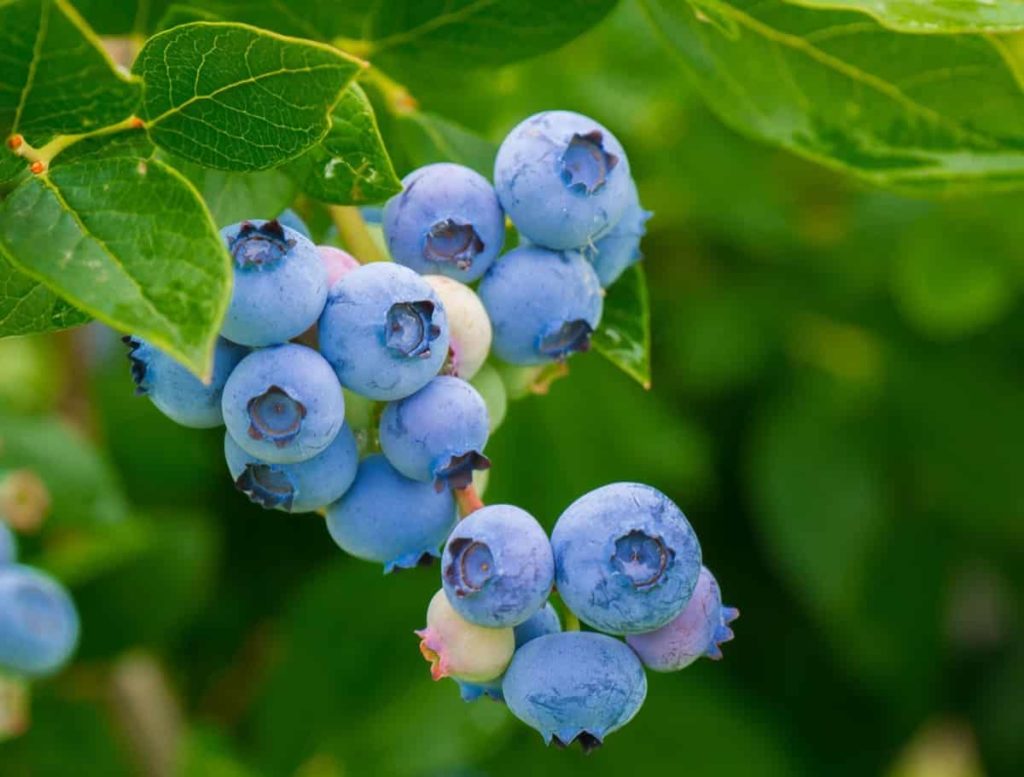
What are the fastest-growing fruits in the garden?
The quickest growing fruits are Strawberries and fall-fruiting Raspberries. All of these plants should produce a crop of berries in the first year after planting. The easiest fruiting plants to grow in the garden are;
- Blueberries
- Figs
- Pomegranates
- Persimmons
- Apples
- Watermelon
- Berries
- Bananas
- Peach
- Passion fruit
How do I start a fruit farm for beginners?
- You need land to plant fruit trees, just like every farming business needs land. The land is considered the most important factor when starting a farming business.
- As a beginner, getting a small piece of farming is advisable instead of getting a big piece of land until you successfully pass your experimental phase. When choosing land for the fruit farming business, don’t just choose for cultivation but consider the soil type and texture, which is one of the important factors for efficient production and growth of plants.
- The soil should contain humus and other essential minerals, which soil tests can determine. However, adding organic manure or compost can also add more important nutrients to the soil while preparing the soil for cultivation. Also, check the pH value to make sure it is normal, neither too acidic nor too alkaline.
- A suitable cultivation area for fruit should have access to sunlight, good soil type/soil pH, topography and demography, and water sources beneficial to the fruit plant.
Should fruit trees have mulch around them?
Some mulches can attract beneficial organisms to the soil that enhance tree health. Other mulches repel insects that can harm your fruit trees. And surprisingly, some mulches can boost your fruit tree’s immune system, helping it build resilience to fight off fruit tree pests and diseases. An organic mulch layer is 2 to 4 inches deep of shredded leaves, pine straw, peat moss, or composted wood chips. Thick layers of mulch, 5 to 6 inches deep or more, can also inhibit gas exchange.
How do I organize the fruit trees in my yard?
- Although some plants can be clipped as hedges, spread against sunny walls, placed on trellises, or in large containers, fruit plants require air circulation and maintenance space.
- Plant tall trees and shrubs north of smaller trees, and when practical, plant rows and vines north and south to get maximum sun.
How much should a fruit tree be watered?
If you want a fruit tree to produce juicy fruit, you must ensure it gets plenty of water. Most of the time, you will notice when fruit trees need extra water. For example, young trees need extra water to grow, while all fruit trees need extra water during hot, dry weather. It is important to consider that shallow soaking stimulates the development of shallow root systems regularly, which may not be strong or healthy enough to support fruit trees once they mature.
In case you missed it: Top 16 Steps to Boost Custard Apple Yield: How to Increase Fruit Size, Quality, and Production
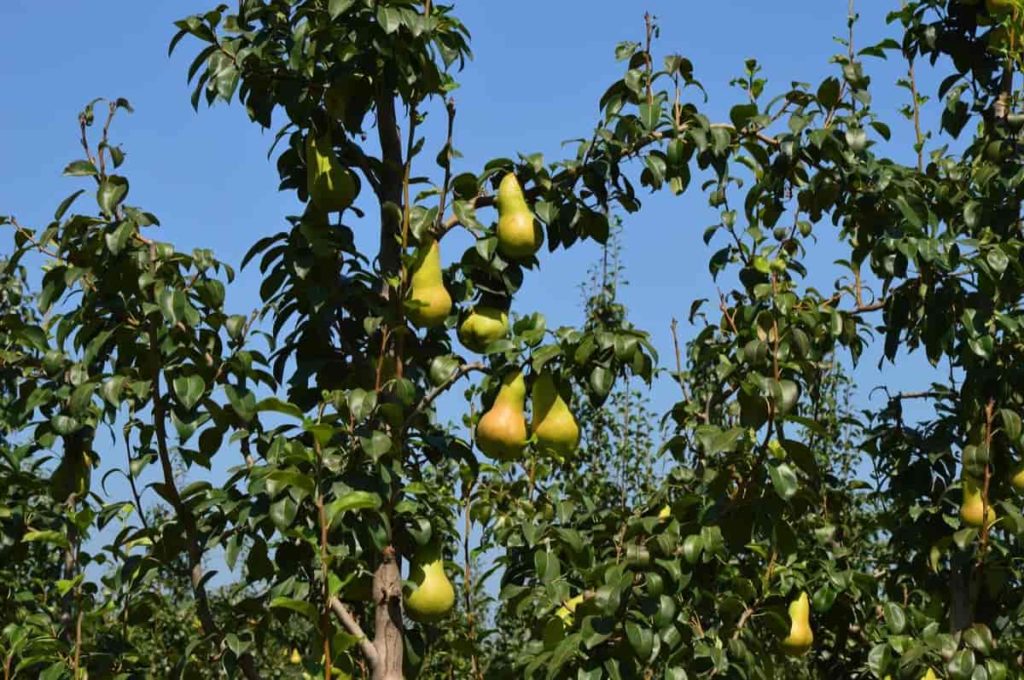
Young fruit trees – Newly planted fruit trees need a lot of water to establish themselves in the soil. Immediately after planting, water the well to help settle the soil around the fruit tree’s roots. Then, water when the top two inches of soil is dry, as deep soaking encourages trees to develop deep, healthy root systems. Generally, a deep watering once or twice a week for the first two growing seasons will keep the fruit tree’s root hair moist and healthy.
Mature trees – Although they need less water than young trees, mature fruit trees still need good soaking regularly- either by gardeners or by natural rainfall- to produce juicy fruit. Mulching around fruit trees helps the soil retain moisture, while a drip irrigation system can encourage fruit trees to drink enough water to develop thick, healthy roots and produce juicy fruit.
When should I start growing fruit?
Fruit trees are usually fine to plant in early spring or late winter if they are planted in the ground. Container trees do well if planted anytime from September to May. However, if it’s deep into winter, wait for mild spells before planting.
What is the easiest fruit to grow in containers?
Container-grown fruit makes a wonderful display and talking point when placed on a patio, terrace, or balcony. An important consideration with container-grown fruit trees is soil type. The growing medium (potting soil) chosen for a pot can change the amount of water a tree needs, but in general, any good quality commercial potting soil will do just fine. The best fruits grown in containers are;
- Blueberries
- Cherries
- Figs
- Gooseberries
- Peaches and nectarines
- Plums
- Raspberries
- Strawberries
- Pomegranate
- Orange
Is Epsom salt good for fruit trees?
About 1/2 cup of Epsom salt with water for every 500 feet of soil is best for plant growth. They recommend applying this mixture every time you irrigate around your fruit trees. Epsom salt has been reported to be quite productive for fruit trees. Epsom salt in fruit trees helps produce sweeter, larger, more abundant fruit. It also works very well for nut trees and fruit bushes.
How often should I water fruit trees in pots?
- Once the tree is planted in a container, it is very important to keep a close eye on it and water it only when needed.
- Daily watering may not be necessary when you want to prevent the soil from drying out completely. When the soil is dry, you must touch two inches below the water level.
What is the best place to plant fruit trees?
- The best place for a fruit tree in your garden is one that gets at least 6 hours of sun.
- Fruit trees prefer well-drained, loamy soil, and you can also plant fruit trees in raised beds. A primary consideration with container-grown fruit trees is soil type. The growing medium (potting soil) chosen for a pot can change the amount of water a tree needs, but in general, any good quality commercial potting soil will do just fine.
What is the best fertilizer to make fruits bigger?
- Fruit trees prefer an organic, high-nitrogen fertilizer. Blood, soybean, composted chicken manure, cottonseed, and feather meal are all good organic nitrogen sources. There are specially formulated fruit tree fertilizers.
- Potassium is a key factor in fruit size, and large amounts of nitrogen are required during fruit growth and development. Too much nitrogen level in the late growth stage can limit fruit size. So consuming a balanced diet is very important. Phosphorus can also inhibit fruit development.
When should I fertilize potted fruit trees?
- Spring season begins after bud break, and ending in July is the best time to apply fertilizers to fruit trees.
- It provides nutrients when trees need them most. One of the important things you can do for new fruit trees is to help them become established in their environment.
- All healthy fruit trees are heavy feeders that remove large amounts of mineral nutrients from the soil.
In case you missed it: Fertilizer Management in Pomegranate Trees: Organic, Homemade, Liquid, NPK, Schedule, and Application
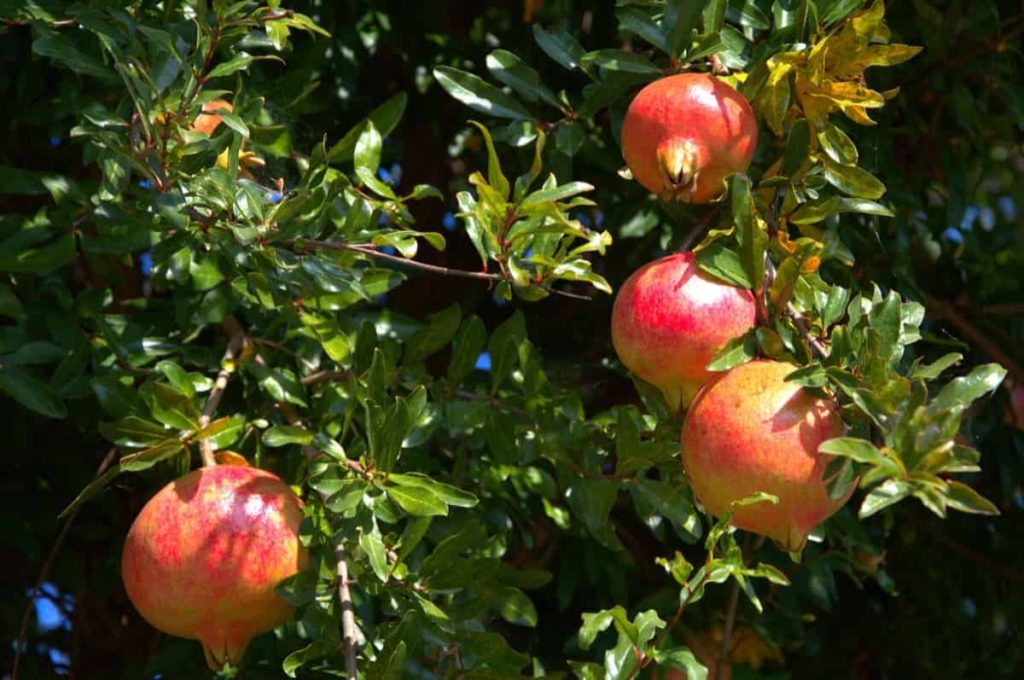
What fruits can be grown from cuttings?
- Three cuttings are commonly used: hardwood stem cuttings, softwood stem cuttings, and root cuttings.
- Currants, Grapes, Elderberries, and Quinces start well from hardwood or softwood cuttings.
- Gooseberries and Blueberries are most easily started from softwood cuttings.
What are the methods of harvesting fruit?
Generally, three different pruning methods are used when harvesting fruits: hand pruning, harvesting with hand tools, and harvesting with machinery.
- Fruits should be picked only at the appropriate stage of maturity. Sorting and grading should be practiced regularly before marketing the fruits so that they sell at a premium. The fruits should be sent to the markets immediately after packing properly. Low-grade and whole fruits can be used advantageously to prepare preserved products.
- To understand the best time to harvest fruit, you must learn how to spot ripe fruit. Going by the time of season alone is not a reliable way to decide when to plant because the time of fruit ripening can vary yearly depending on your climate and the season’s performance in previous seasons. Instead, it would help if you learned to use your senses, such as taste and touch, to determine whether a fruit is ripe.
- Timely harvesting of fruits is of great value. Different fruits have different harvest times. Fruits should be cultivated at the right time. Some factors can be observed to know the appropriate time. For example, fruits from green to yellow are sweet to sour.
- Hand-picking is a safe method of harvesting fruit, followed by several techniques such as secateurs, knives, ladders, etc. A safer way to harvest is with a pole harvester. It can be used to pick fruits from trees.
Why is grafting important in propagating fruit trees?
The grafting technique is used to join a piece of vegetative wood. Root grafting is the most common method of propagating fruit trees, suitable for almost all species. It involves physically joining part of the shoot of a hybrid cultivar to the roots of a different but closely related species so that the two parts grow together as one plant. Combining the two varieties must ensure maximum contact between the cambium (the layer just below the bark), so they can grow together successfully.
Grafting is the preferred method because it not only propagates a new plant of the desired hybrid cultivar but it also generally provides additional benefits as a result of the characteristics of the rootstocks (or stocks), which are their growth vigor, hardiness, and soil tolerance, as well as compatibility with the desired variety, will form the aerial part of the plant.
What fruit grows best in a greenhouse?
Many fruit trees do well in a carefully monitored greenhouse environment. Choose heat-loving fruit trees such as Pears, Peaches, Bananas, Oranges, and tropical fruits that appreciate year-round warmth. Apples are not a good choice because they require frost from the fruit in the winter. Growing fruit trees in a greenhouse are possible and enable you to bring in species that might not otherwise survive in your climate.
Although it is possible to grow any tree in a huge greenhouse, most gardeners will have a greenhouse of limited size. It means that the best trees to grow in greenhouses will be relatively small. Fruit trees are an excellent choice for growing in a greenhouse. With greenhouse fruit trees growing, you not only get the joy of seeing the trees flourish but also get delicious fruits that you can’t grow in the garden. There are five main components to a plant’s adaptation to its natural environment.
- Light
- Ventilation
- Soil texture
- Temperature
- Location
The easiest fruits to grow in a greenhouse are;
- Apricots
- Golden Berries
- Fig
- Grapes
- Apples
- Peaches
- Strawberries
What is training and pruning in fruit crops?
Training is a process in which the growth of a tree is directed into a desired shape and form. Training of young fruit trees is essential for proper tree growth. The goal of tree training is: To minimize tree growth and felling. The principal object in training is that a young. Pruning can remove any excess or unwanted branches, twigs, roots, or any other plant part to allow the remaining parts to grow normally or as desired by the pruner.
There are several reasons to prune fruit trees. The best time to prune fruit trees is late winter into early spring, when it will have the least impact on winter hardiness and tree health. Summer pruning in late July or August is another time to prune, but heavy pruning at this time will weaken the tree.
How do you promote the growth of fruit trees?
Fruit production depends on the type of fruit being grown and the specific variety; there are several general ways you can optimize fruit development to maximize fruit yield throughout the growing season. Always follow the fertilizer instructions for the type of fruit you are growing, making appropriate adjustments for the soil type, temperature, and latitude where you live.
Avoid heavy pruning of fruit trees. It may encourage less resistance to bacteria and other pests. Also, learn the correct pruning for the type of fruit. Pruning practices vary between trees, vines, shrubs, etc.; improper pruning can reduce the next season’s fruit yield and introduce disease or stress to the plants. On the other hand, pruning improves fruit tree growth. Below are three reasons why pruning is important:
- Pruning balances the growth of the tree or shrub and fruit production.
- Pruning improves pest and disease management.
- It manages the size and shape of a tree or shrub.
Tips to promote the growth of fruit trees;
- Protect the fruit tree, vine, or shrub from insect damage
- Fertilize regularly and thoroughly
- Avoid heavy pruning of fruit trees
In case you missed it: Growing Strawberries Vertically from Scratch: Methods, Tips, and Ideas
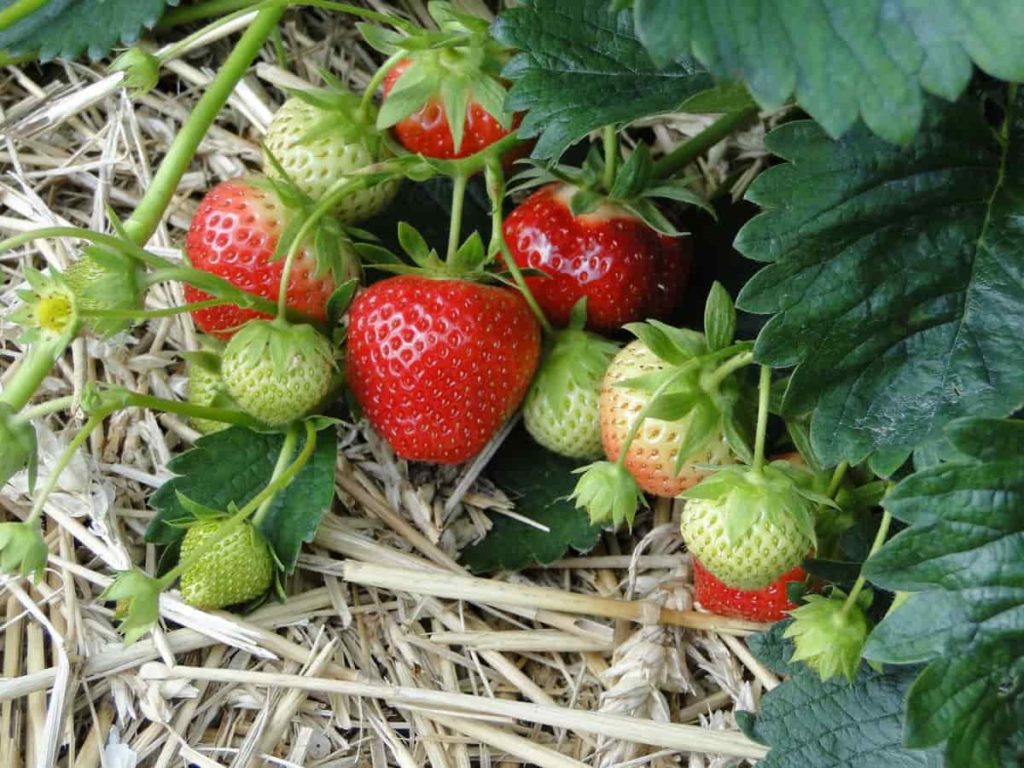
What fruit can be grown in hydroponics?
Hydroponics farming is one of the best methods to grow fruits because it is environmentally friendly. You will also produce significantly higher plant yields in a shorter period than soil. In addition, you can grow high-quality fruits in hydroponics. Optimum nutrient and mineral levels in the water help plants grow naturally. The best part is that there are many plants that you can try with hydroponics.
Any fruit crop can be grown using a hydroponic system, but some varieties grow better in hydroponic conditions than others. For example, fruit crops that thrive in wet conditions like Watermelons, Strawberries, Blueberries, Blackberries, Grapes, and Raspberries do well in a hydroponic environment. Certain berries, such as Blueberries, which require very acidic soil conditions, are best grown in a hydroponic system, as pH levels, and nutrients are easier to control in a hydroponic setting.
What is the importance of fruit farming?
- Fruit crop cultivation plays an essential role in the prosperity of any nation. It is generally said that the people’s standard of living can be estimated from the per capita production and consumption of fruits.
- Fruit crops can produce more tonnes per unit area than other field crops. Fruit crops are eaten raw as sources of mineral salts and vitamins.
- Fruit crops are used to make juice, e.g., Orange juice, Pineapple juice, etc. Some fruits are used to make wine, like Grapes.
How can we improve the quality of fruit trees?
- Plant bio-regulators (PBRs) regulate fruit size, appearance, and internal fruit quality through direct effects on fruit growth and development or indirectly by regulating crop load, tree or vine vigor, and canopy architecture.
- Ethylene promotes fruit ripening, a gaseous plant hormone that plays an important role in fruit flavor development.
- Application of boron before or after harvest can prevent physiological disorders, delay ripening, and increase boron concentration in fruit tissues, improving fruit quality.
What is the benefit of fruit thinning?
It balances the amount of fruit left on the trees with the leaf surface providing energy for fruit growth and ripening. Leaving too much fruit on the tree creates stress for the tree. It draws energy from other processes occurring during fruit development. This practice means removing a few young fruits from overbearing clusters or fruiting branches so that the remaining fruits can benefit more from space, light, water, and food.
They can be expected to be larger in size, better in quality, and brighter in color due to less competition. Young fruits should be thinned immediately after their natural drop, i.e., a little before they have grown to a quarter of their normal size. Thinning can always reduce the total yield of a tree. It is commonly used in Apples, Pear, Plum, and Papaya.
What are the common diseases and pests of fruit trees?
Fruit trees can be mainly susceptible to insects and other common problems. Stay one step ahead of diseases and pests, take immediate action to prevent them, and identify and treat anything causing a problem. Research the type and variety of your fruit tree, and contact the local extension office for information about the most common pests and diseases.
Growing fruit trees for this first home crop requires patience, but expert gardeners insist they’re worth the initial effort. Certain diseases and insects attack fruit trees. So you shouldn’t wait until it starts before looking for ways to overcome them. In time, get proper pest control, such as fungicides and disease control chemicals, and spread carefully to avoid damaging your fruit. To effectively manage your plant, you must always monitor the plant to ensure good growth conditions.
Problems with fruit cultivation;
- Rainfall is unreliable as it affects fruit growth and yield.
- Improper storage can lead to poor quality of fruit products.
- Competition in fruit quality with other wines produced in other countries is an issue.
- Soil erosion during the hot season affects fruit production.
- Inadequately trained personnel on fruit processing.
In case you missed it: How to Grow Watermelon from Seed to Harvest: Check How this Guide Helps Beginners
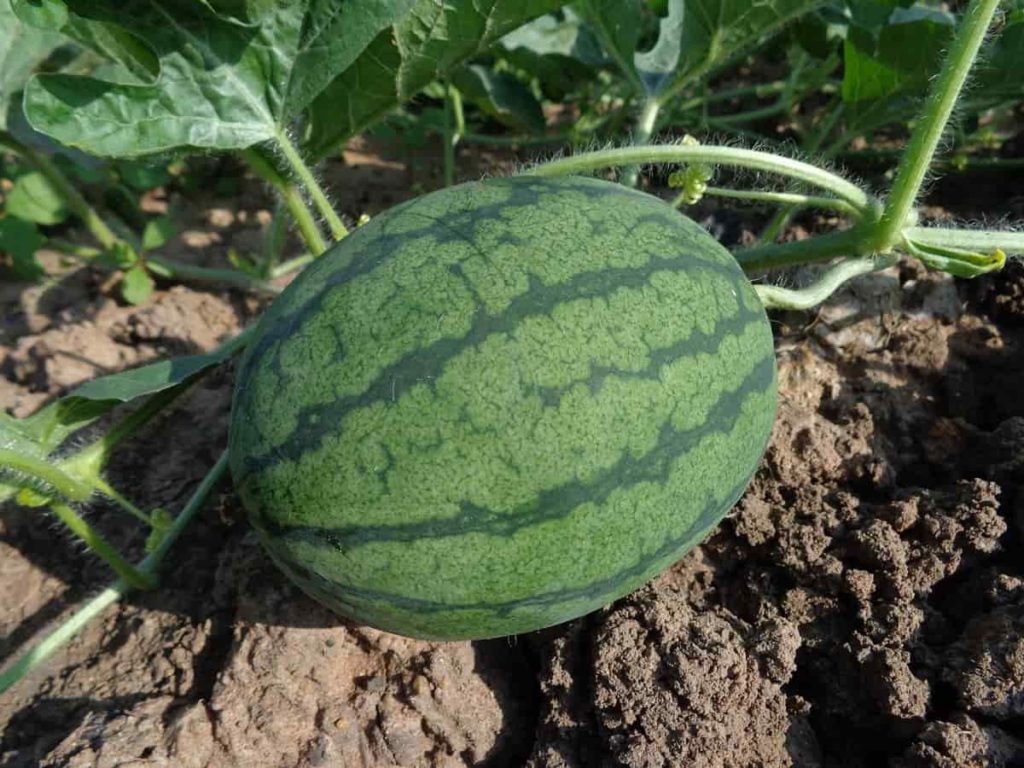
How do you control pests on fruit trees?
Fruits must be protected from bad weather, diseases, and insects that can destroy the project. To avoid these diseases and pests, we should use bio-friendly chemicals for plants that can prevent the plants and also not harm the consumers of these fruits. Some traditional methods are listed below:
- Awareness programs should be given to farmers about bio-friendly chemicals.
- Use of varieties resistant to diseases and pests of fruit crops.
- Following crop rotation and good farming practices.
- Removing affected plant parts and burning or burying these parts.
- Use natural predators like ladybirds, beetles, etc., that eat aphids, moths, and other pests.
Conclusion
Fruit farming is farming in which farmers mainly grow fruit crops for domestic, industrial, or commercial purposes. Fruit cultivation provides foreign exchange through the export of wine made from fruits. The above steps help to start fruit farming for optimal growth and maximum fruit production.
- How to Make Houseplants Bushy: Effective Tips and Ideas
- Innovative Strategies for Boosting Coconut Pollination and Yield
- Pollination Strategies for Maximum Pumpkin Yield
- The Complete Guide to Chicken Fattening: Strategies for Maximum Growth
- Natural Solutions for Tulip Problems: 100% Effective Remedies for Leaf and Bulb-Related Issues
- Revolutionizing Citrus Preservation: Towards a Healthier, Greener Future
- Natural Solutions for Peony Leaf and Flower Problems: 100% Effective Remedies
- Maximizing Profits with Avocado Contract Farming in India: A Comprehensive Guide
- Natural Solutions for Hydrangea Problems: 100% Effective Remedies for Leaf and Flowers
- The Ultimate Guide to Choosing the Perfect Foliage Friend: Bringing Life Indoors
- From Sunlight to Sustainability: 15 Ways to Use Solar Technology in Agriculture
- The Ultimate Guide to Dong Tao Chicken: Exploring from History to Raising
- The Eco-Friendly Makeover: How to Convert Your Unused Swimming Pool into a Fish Pond
- Mastering the Art of Delaware Chicken Farming: Essentials for Healthy Backyard Flocks
- 20 Best Homemade Fertilizers for Money Plant: DIY Recipes and Application Methods
- How to Craft a Comprehensive Free-Range Chicken Farming Business Plan
- Brighten Your Flock: Raising Easter Egger Chickens for Beauty and Bounty
- How to Optimize Your Poultry Egg Farm Business Plan with These Strategies
- Subsidy for Spirulina Cultivation: How Indian Government Schemes Encouraging Spirulina Farmers
- Ultimate Guide to Raising Dominique Chickens: Breeding, Feeding, Egg-Production, and Care
- Mastering the Art of Raising Jersey Giant Chickens: Care, Feeding, and More
- Ultimate Guide to Raising Legbar Chickens: Breeding, Farming Practices, Diet, Egg-Production
- How to Raise Welsummer Chickens: A Comprehensive Guide for Beginners
- How to Protect Indoor Plants in Winter: A Comprehensive Guide
- Ultimate Guide to Grow Bag Gardening: Tips, Tricks, and Planting Ideas for Urban Gardeners
- Guide to Lotus Cultivation: How to Propagate, Plant, Grow, Care, Cost, and Profit
- Agriculture Drone Subsidy Scheme: Government Kisan Subsidy, License, and How to Apply Online
- Ultimate Guide to Raising Araucana Chickens: Breed Profile, Farming Economics, Diet, and Care
- Bringing Hydroponics to Classroom: Importance, Benefits of Learning for School Students
- Ultimate Guide to Raising Polish Chickens: Breed Profile, Farming Economics, Diet, and Care
- Ultimate Guide to Raising Australorp Chickens: Profile, Farming Economics, Egg Production, Diet, and Care
- Silkie Chicken Farming: Raising Practices, Varieties, Egg Production, Diet, and Care
- Sussex Chicken Farming: Raising Practices, Varieties, Egg Production, Diet and Care
- Homemade Feed Formulations for Livestock: Discover Cost-effective Starter to Finisher Feed Recipes
- 20 Best Pig Weight Gain Supplements: Top Swine Weight Gain Formulas
- Ultimate Guide to Elderberry Farming: Propagation, Planting, Yield, Cost, and Profit
Thank you so much for sharing such educational articles. You are helping us improve our farming skills